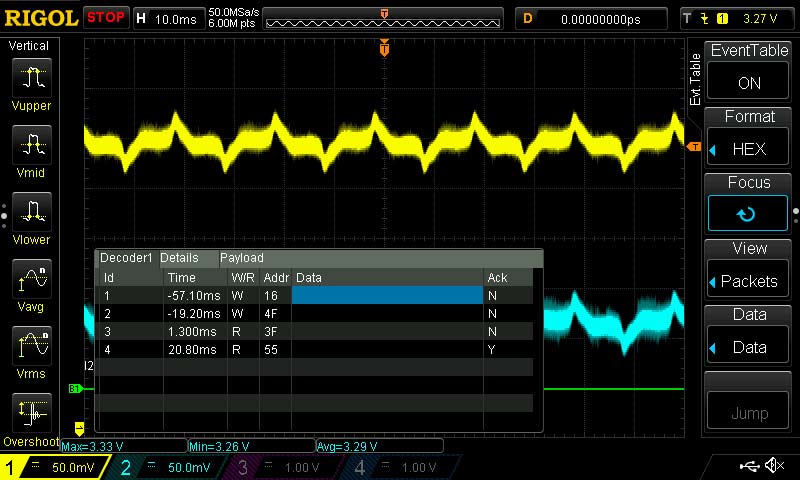The winning project of a 2015 Social Innovation Camp aimed at finding technological solutions to Climate Change was Armenian Meteo Project, or AMP for short.
AMP is developing a network of sensors (based on open-source software) that provide a source of Big and Open Data on a range of environmental indicators – air and soil humidity, temperature, air pressure, noise and light, to name a few.

Why is this important? And how does it help fight climate change? In fact, the answer depends on who you are! If you’re a farmer, your sensor can be configured to tell you whether your crops are at risk from a particularly cold night, a hailstorm, or in need of a certain pesticide. If you’re a hotel owner working in the tourism sector, you can use the sensors to gather reliable information before you arrange outdoor activities for your patrons, be it hiking, waterskiing, or paragliding. If you’re a government department in charge of your county’s national parks, the sensors can tell you in real-time whether woodland areas are at risk of forest fires.
That’s not all! The sensors will be of value for those working in a whole range of areas: the sports industry, urban planning, transport routes construction, the logistics and energy sector – to name just a few.
What’s more, once fully operational, meta data will be gathered from the entire network of sensors, which would be analyzed to build algorithms that can predictive a range of natural disasters – floods, landslides, droughts, amongst others – and send out early warning signals to those at risk.
This technological innovation, developed by leader Aleksey Chalabyan and a group of active citizens, can have a very real impact in Armenia, where 8 out of every 10 citizens are likely to experience a natural disaster at some point during their lifetimes.
Currently, team is in the stage of finalizing the prototype, which includes locally constructed microchips for monitoring the indicators, which can be based on energy-saving OpenWRT microcomputers (Black Swift) or Raspberry PI in places with constant power source. Check back soon to find out more.